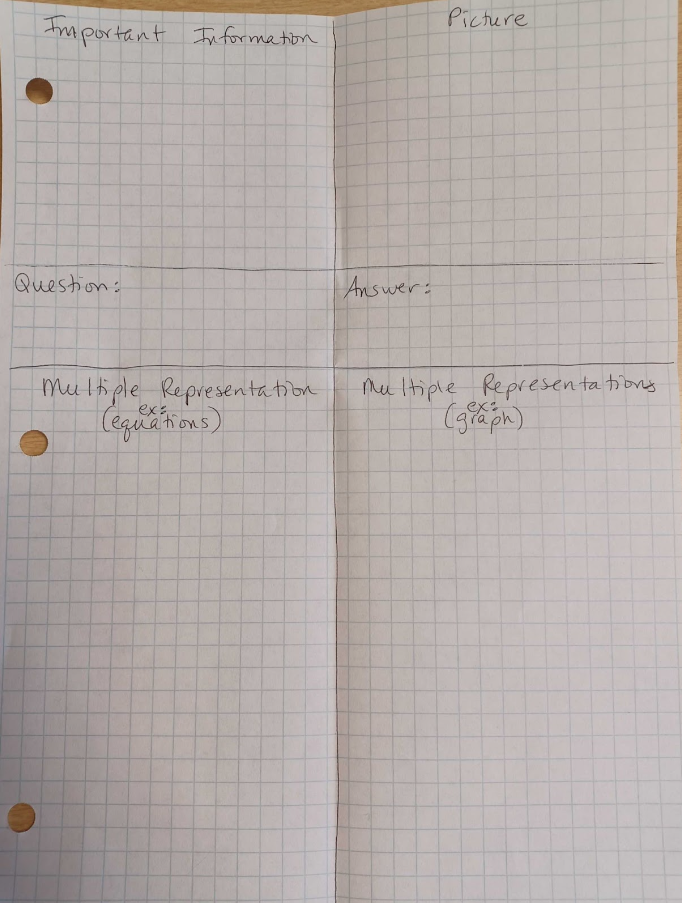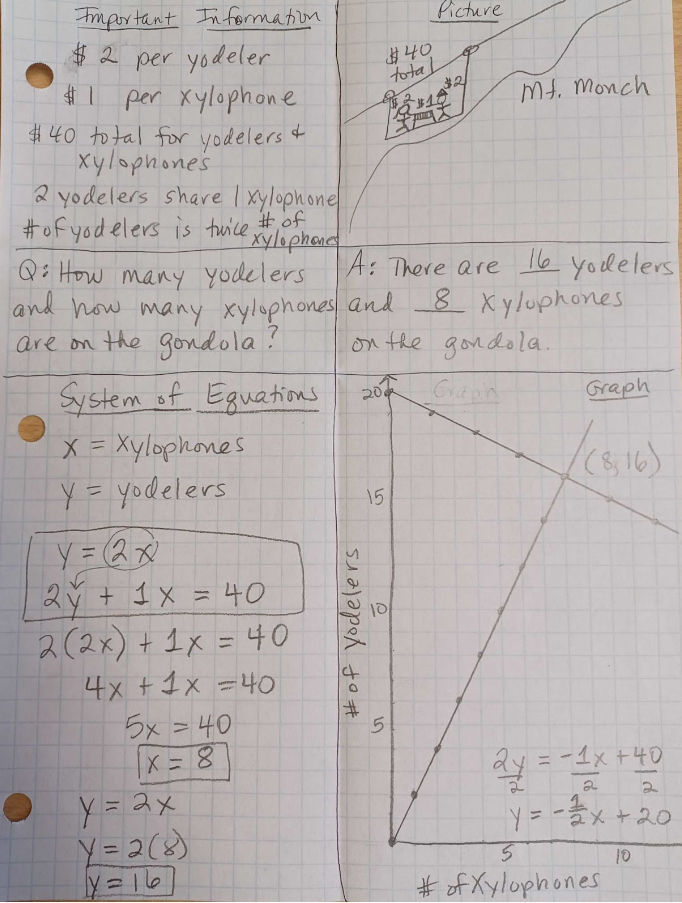Jocelyn Dunnack, Columbia, CT jocelyndunnack@cpm.org
Two truths: CPM textbooks are wordy. Few of us were taught how to support reading in math.
Erin Kenney and I have supported readers and mathematicians for many years. Erin is a high school special education teacher in Louisville, KY, and I taught 6th-grade reading and math in Storrs, CT. We put our heads together and offer this advice for supporting reading in math class.
Reflect on how you read a math problem, and share that with your students.
Math problems are a genre. How is reading a math problem different from other genres? What do you pay attention to? How many times do you read it? Does your focus change when you reread it? How do you process the information? What do you do when you get confused? How is reading a problem-based learning task different from reading a word problem? Your students will appreciate knowing that you, too, have to work at reading.
Know the Task
A quick way to shift your classroom culture on reading and making sense of problems is having students discuss and jot down a “We have to…” statement. As you circulate, make sure students can articulate their task. “We have to find the length of George Washington’s nose.” “We have to figure out how the pattern grows to Figure 100.”
Three Reads Protocol
This Math Language Routine is recommended for Emerging Multilingual Learners but is powerful for everyone. It involves rereading the text multiple times but with a different focus.
First read: What is the situation or context?
Second read: What is the mathematics involved?
Third read: How might we solve the problem? What strategies might we use?
Graphic Organizers
Organizing information visually helps students make sense of problems. Combine this with the Three Reads Protocol to set students up for success. Here is a versatile example:


Tell the Story of the Problem
Sometimes when students spend so long trying to make sense of the problem, they lose time for solving it. Unfold the story of the problem and reveal information as they need it. Check out Building Thinking Classrooms for more details.
Amplify, not Simplify
Simplifying text avoids using challenging words or speech. Amplifying means anticipating where students might need support and providing ways to access the text. Amplifying could mean organizing information clearly and coherently, providing visuals or manipulatives, modeling problem-solving, engaging in think-alouds, creating analogies or context, or layering meaning. All of these techniques support students in taking an active role in their own sense-making.
Reading is Thinking
Reading is what our brains do with a text. This thinking can happen with “texts” that are audio, video, or even a picture. It is okay to read aloud the problems. As long as your students are thinking in the ways necessary to make sense of a math problem, they are reading the problem.
Your Kids Can
Guided by a knowledgeable and supportive teacher, kids can read and solve problems.
We would love to collaborate with you through the CPM Teachers Slack workspace and are excited to offer a session on reading strategies at the CPM Teacher Conference in February.
For more information, check out More Math for More People Podcast, Episode 2.8

